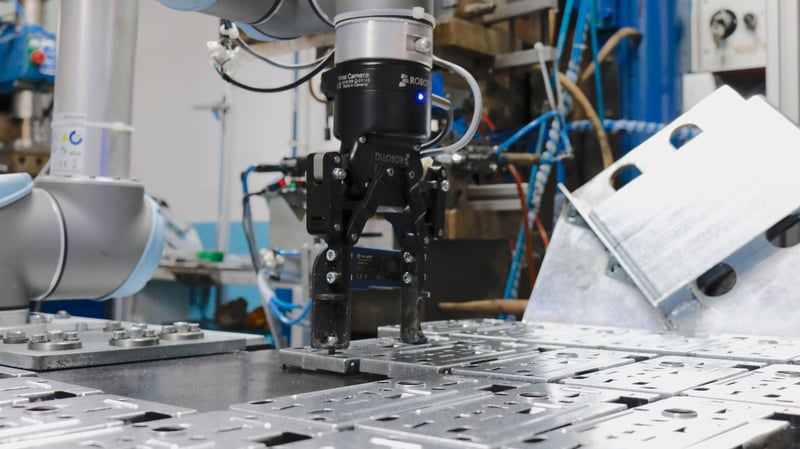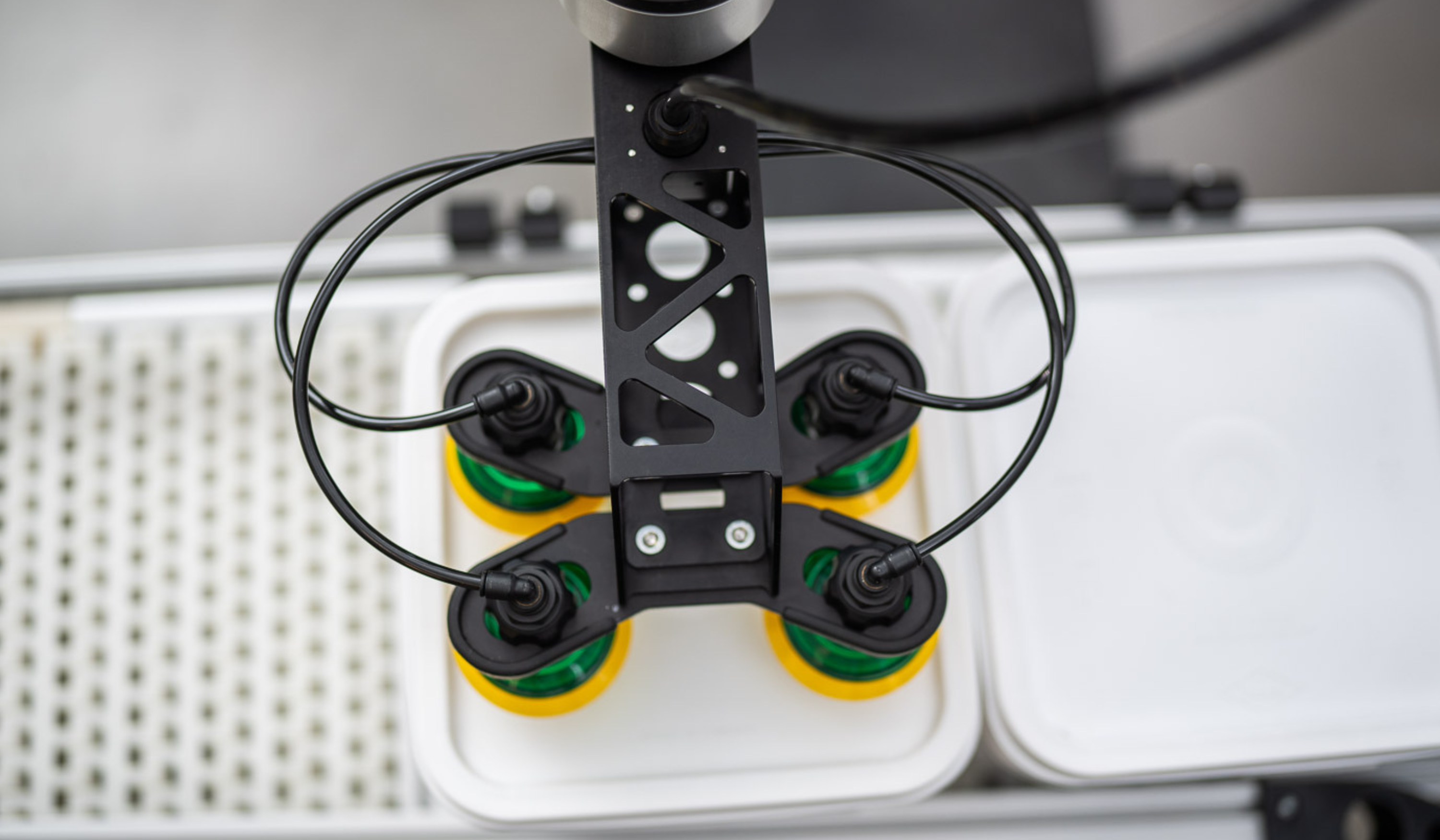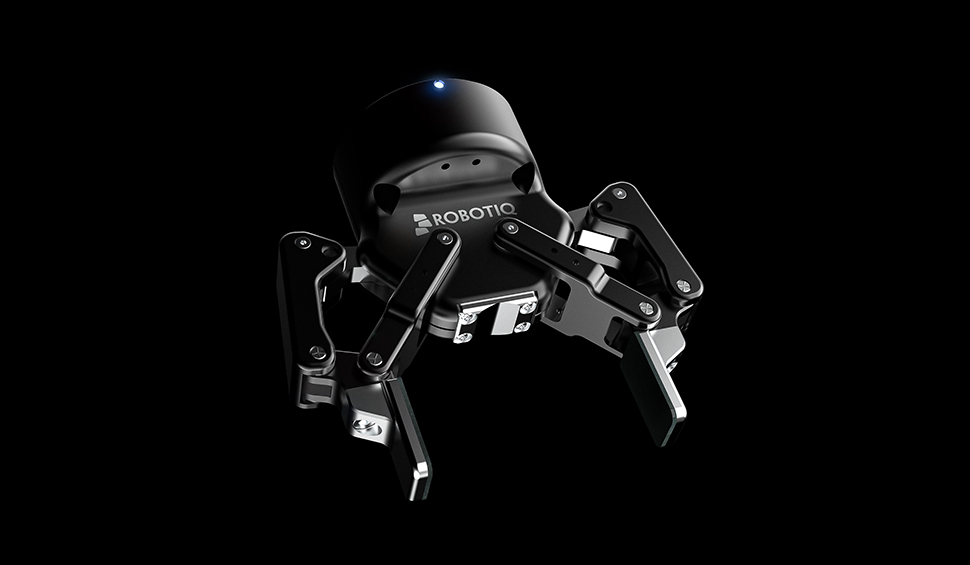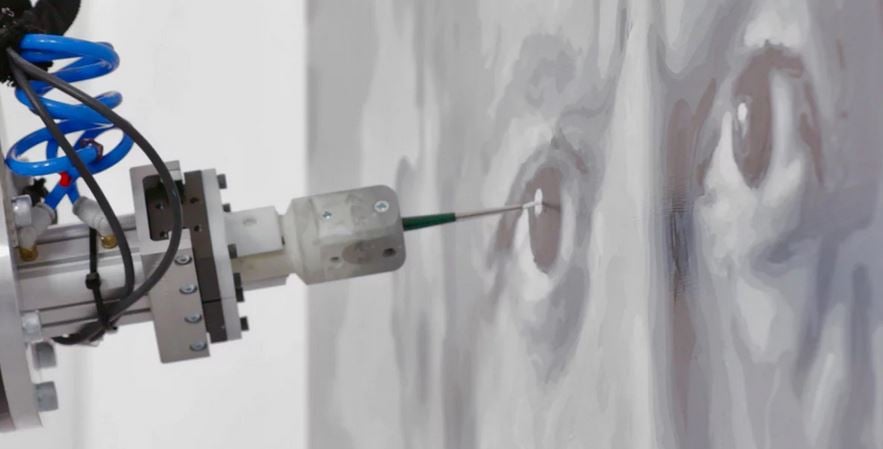10 Common Misconceptions About Robot Grippers

Posted on Jul 04, 2018 7:00 AM. 5 min read time
There are a lot of myths and misconceptions about robot grippers. Let's bust some common myths and make gripper selection easier.
It's often hard to distinguish between good and bad advice. This can be a nuisance when you're buying a robot gripper. Someone gives you advice about the "best" gripper and you have to decide whether to believe it or not. Maybe you read a forum and someone on it says "Avoid this type of gripper because it's too slow" or another person says "this brand is the best." Sometimes such advice is helpful, other times it is downright useless.
There are a few common misconceptions about robot grippers which can make your search for the best gripper just that little bit harder. Let's bust these myths open.
 Identify the right factors that need to be considered when choosing your gripper
Identify the right factors that need to be considered when choosing your gripper
1. Only Brand X is good
Some grippers are more popular than others. Sometimes, this is because the brand has been around for a long time, sometimes it's just a bigger-name brand, other times it's because the brand targets some hyper-specific application.
But, the truth is that there is really no "best gripper brand" just as there is no best brand of car. There is no "one gripper to rule them all." Several grippers on the market may be suitable for your application.
At Robotiq, we're fortunate that our grippers are very popular in the industry. As a result, it might seem odd for us to draw attention to this point, but it's important. Don't write off a gripper just because someone told you "only Brand X is good."
2. Grippers must be customized
A lot of robotics professionals come from a mechanical engineering background — myself included. When we see a problem, we try to solve it mechanically. We encounter a problem with grasping and we say "I'll have to make a custom fingertip!"
Your gripper should make it easy to add custom fingertips. However, grippers don't always have to be customized for the task. Often, the fingertips which are supplied with the gripper will work without modification.
3. Grippers must be able to handle everything
This is the opposite of the previous one. People sometimes mistakenly believe that a gripper is unsuitable if it can't grasp all of the objects that you want it to handle out-of-the-box. In reality, there are some situations where custom fingertips are necessary. Here's a list of 10 types of objects which may need custom fingertips.
4. Any gripper will do
People often spend a lot of time carefully deciding which robot is the best for their task. Unfortunately, the gripper is sometimes chosen without the same amount of care.
Perhaps people think that any gripper will work. Perhaps they think that they will have to customize it so any problems can be solved with custom fingertips. This is a misconception. The gripper is as important as the robot, if not more so. It is the part of the robot that will directly interact with the task.
5. You need cables
Cables are a pain. Almost all robots have their cables running inside the arm, so that you can't see them. But, then you add the gripper and you have to find a way to run its cable on the outside of the arm.
External cabling is often necessary, but not always. You can avoid external cabling by using a robot with wrist connectors which connect directly to your gripper.
For example, our new Hand-E Gripper allows for a cable-free connection when it is used with the new UR e-Series robots.
6. Electric grippers are too slow
When we first started making our Adaptive Grippers, there was a persistent myth that only pneumatic actuators were fast enough for industrial applications.
Over the past decade, we have shown that this is clearly not the case. Electric grippers can now match pneumatic ones in many categories, and beat them in others. However, some people still believe that this misconception is still true.
7. More dexterity is better
The more dexterity a gripper has (e.g. more fingers, more flexible fingers) the wider a range of objects it can manipulate. When I was a researcher, I read studies which claimed that more dexterity is always better in a gripper. This is not true in industrial situations.
The problem with more dexterity is that it makes control more difficult. For example, Festo has recently introduced a new gripper concept based on an octopus tentacle. While it is very dexterous, it seems likely that it will only to be useful for a narrow range of applications as it requires complex control.
8. Speed is the most important property
The closing speed of the gripper is important, but it is not necessarily the most important property. It really depends on the requirements of your application. As Mathieu explained in his article 5 Factors to Consider before Buying a Robot Gripper, properties like grip force, precision and cost can be equally important.
9. Grippers must be used to grip
Often, the grip force limits how much weight a gripper can hold. The friction between the fingertip material and the object is multiplied by this force to give the maximum payload for a "friction grip."
However, sometimes the gripper itself has a higher payload than the grip force allows. For example, Hand-E can hold only 3 kg with a friction grip, but it has a payload capacity of 5 kg. It can achieve this full capacity with a "form-fit grip" which uses the gripper a bit like a hook.
It is a misconception that you have to use the gripper to grip the objects. Sometimes, a different gripping strategy is more suitable to your task.
10. Grippers are difficult to choose
There are certainly a lot of gripper options on the market and more are made available every year. It can be a headache to pick the right gripper your task.
However, picking the right gripper doesn't have to be challenging. Check out our eBook Grippers for Collaborative Robots for information on picking the right gripper for your task.








Leave a comment